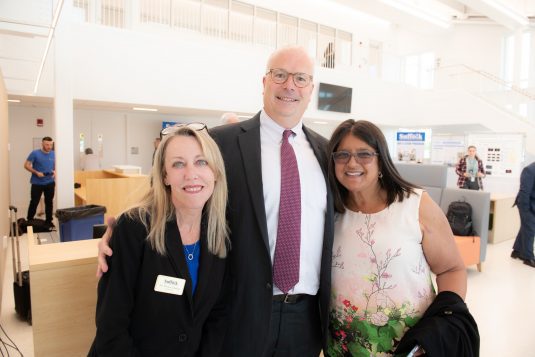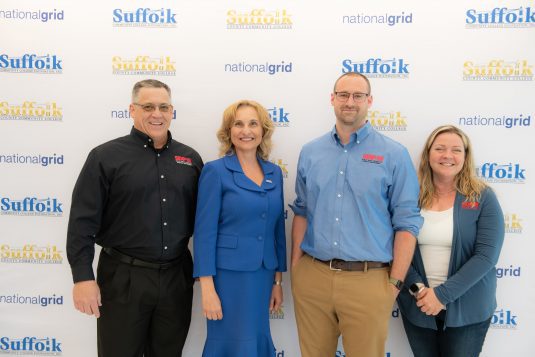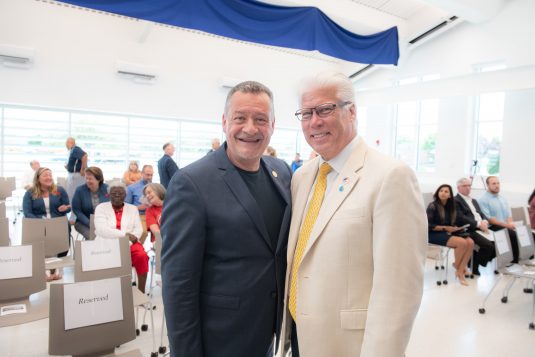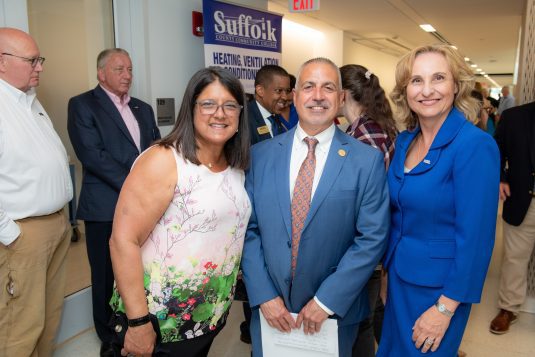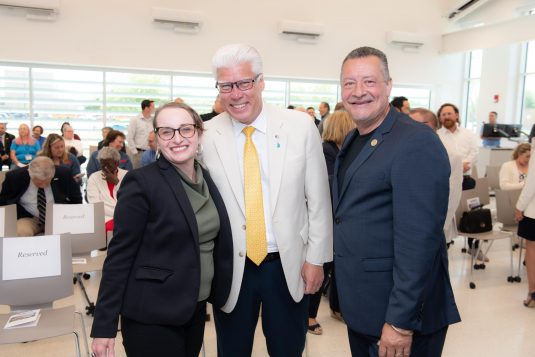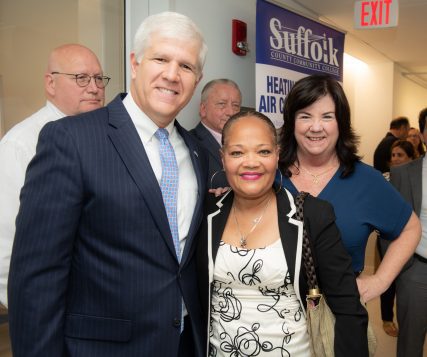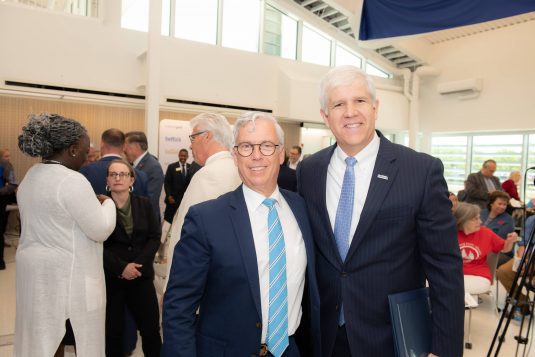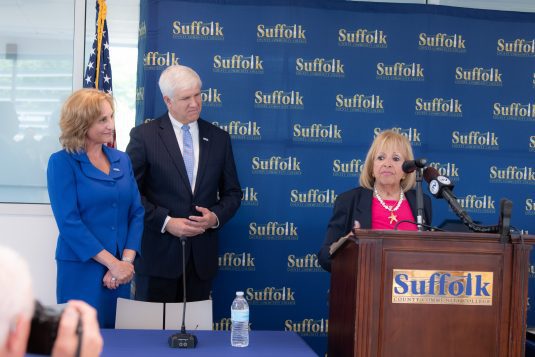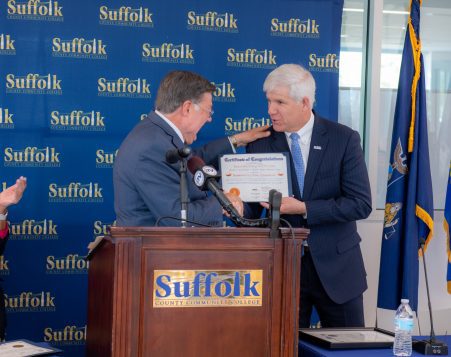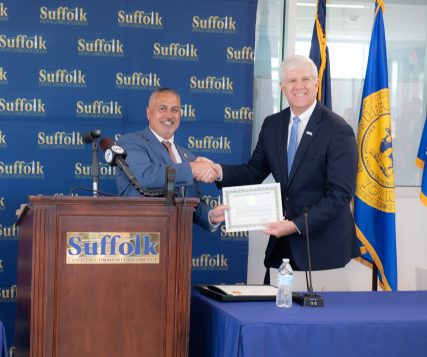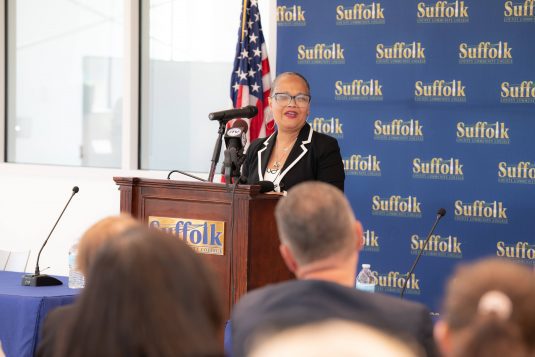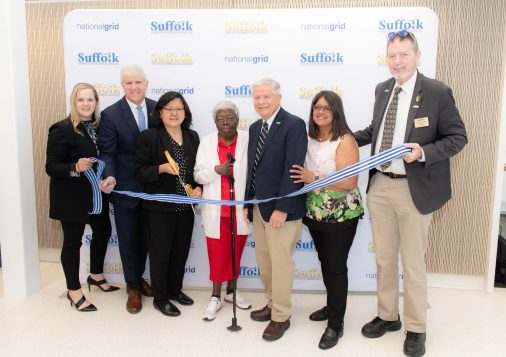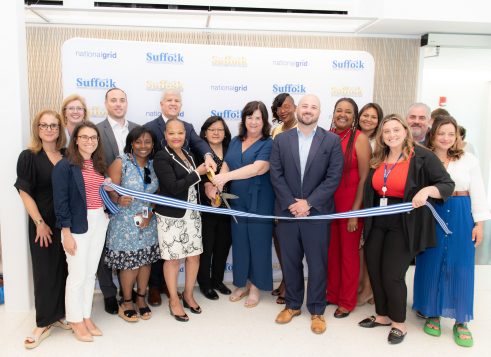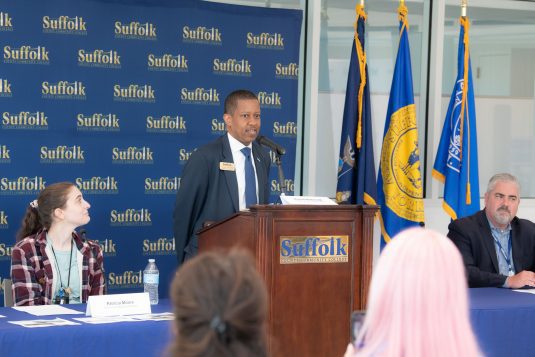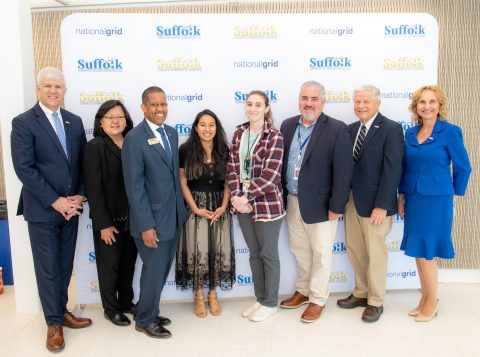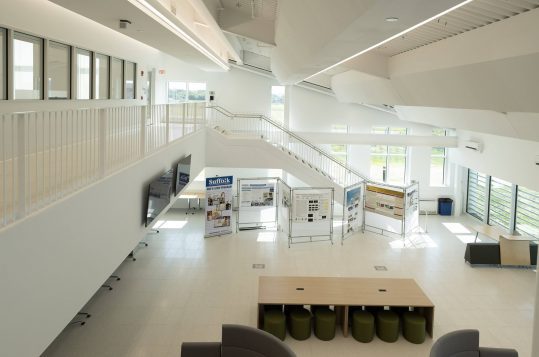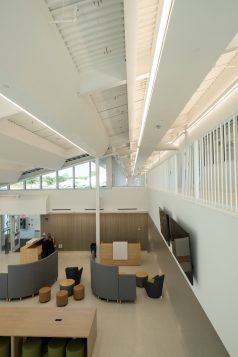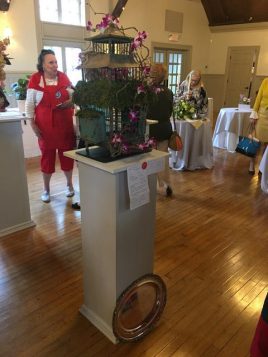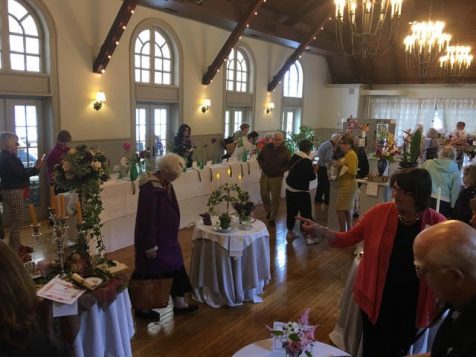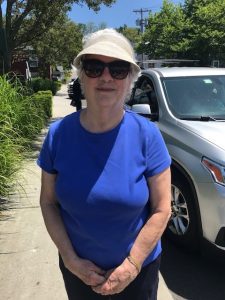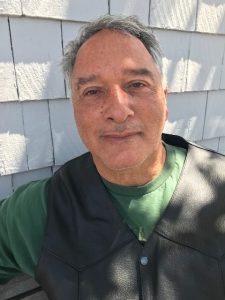By Tara Mae
The allure of foliage and other flora is an alchemy of fanciful imagination, artistic interpretation, and scientific intuition. Such traditions, planted a century ago, will bloom with a renewed vision at the North Suffolk Garden Club’s (NSGC) annual garden show, “Sands of Time,” at Deepwells Mansion, 2 Taylor Street in St. James on Wednesday, June 7, from 1:30 to 4 p.m., and Thursday, June 8, from 10 a.m. to 4 p.m.
Members of the NSGC will be joined by different garden clubs from Long Island and around the country, including the Kettle Moraine Garden Club, whose members primarily hail from Waukesha County, Wisconsin.
Generally affiliated with the umbrella organization, Garden Club of America (GCA), all participating garden clubs will showcase their horticultural aptitude with a variety of individual and collaborative creations. As a juried show, entrees will be assessed by a panel of three GCA approved judges.
Featuring between 30 and 50 horticulture exhibits (plants and cuttings), approximately 12 floral exhibits, and a miniatures exhibit (tiny floral arrangement done in diminutive dimensions), “Sands of Time” is a testament to the NSGC’s robust history of industry and ingenuity.
“We are celebrating our 100th year with this centennial flower show as a way to display our abilities in horticulture, floral design, and photography,” flower show committee co-chair Deanna Muro said. “Our show is based on the history of our club…We picked a historic venue, Deepwells, to set a really nice stage for all our different displays relating to the history of the club and this area.”
With four distinct categories, Floral Design, Horticulture, Photography, and Education, the display explores how NSGC’s growth and development is reflected in the evolution of its surroundings. Every category has different classes that are a tribute and testament to the nature of life and budding environmental awareness in the 1920s.
“Each flower show must include an educational component. ‘Sands of Time’ focuses on 100 years of conservation, which has always been the root of the garden club. In the 1920s or 1930s, women of the NSGC, carrying their parasols and dressed in their finery, sailed down the Nissequogue River to draw attention to runoff and other water pollution. One of the classes is a floral homage to those parasols,” NSGC president Leighton Coleman III said.
From its inception, conservation was a primary concern of NSGC. Established at the onset of widespread automotive culture, the club quickly recognized its environmental hazards: air pollution, littering, disruption of natural plant and animal habitats, etc.
Thus, over the years NSGC has addressed issues both aesthetic and atmospheric, like battling to ban roadside billboards; preserving scenic views and open spaces; promoting the plight of endangered waterways as it seeks to preserve them; highlighting the vulnerabilities of wildlife dependent on native plants; and creating community gardens.
Hosting this year’s event at Deepwells is itself an homage to this fertile history. It was the summer home of William Jay Gaynor, mayor of New York City from 1910-1913, and his wife Augusta Cole Mayer Gaynor, an avid gardener whose scrapbooks and other belongings will be present in the exhibition.
Intricately intertwined with the local cultural, climate, and communal past, NSGC was founded in 1923 by Smithtown residents. Accepted as an official member of the GCA in 1931, NSGC gained further prominence shortly after World War II when the club’s successful victory gardens and canning kitchens earned it government recognition.
Cited then as a club that others should emulate, NSGC’s membership base continues to strive for such excellence. Over the decades, through education and community outreach, it supported the successful effort to save the 500-acre Blydenburgh Park and amplified the importance of the Pine Barrens legislation in the 1980s. More recently, NSGC collaborated with the Stony Brook Yacht Club to restore the Stony Brook Harbor oyster beds.
Gardeners of NSGC are devoted to furthering its efforts in ecology and conservationism with the varied crop of projects it nurtures throughout the year. “Sands of Time” is just one element of the group’s ongoing effort to advance its original mission of conservationism as it engages the public in ecological and environmental awareness.
“We want to get people interested in gardening, conservation, and things associated with that, like indigenous plants, including pollinators,” Coleman said. “Our history of being involved in ecology dates back to the beginning of the club, starting with the development of auto culture in the 1920s, then expanding in the 1960s with revved up interest in ecology, dealing with pesticides, urban sprawl and development, and promoting habitat for endangered animals and parks.”
NSGC strives to promulgate such interests through its community outreach endeavors including maintaining the Long Island Museum’s herb garden and championing conservation and environmental endeavors on the local as well as national level.
“We are looking forward to letting the public know what we do and giving an idea of the importance of garden clubs…the flower show basically gives you an introduction of what the garden club does and a sense of community,” Rockwell-Gifford said.
The club currently consists of approximately 55 individuals, including retirees and professionals, many of whom are second or third generation members.
“I love all of the friendships I have made joining the garden club…Members are a dynamic mosaic — a real kaleidoscope of personalities. We welcome new people to join us,” Coleman III said.
“Sands of Time” is free and open to the public. For more information, visit www.northsuffolkgardenclub.org.









